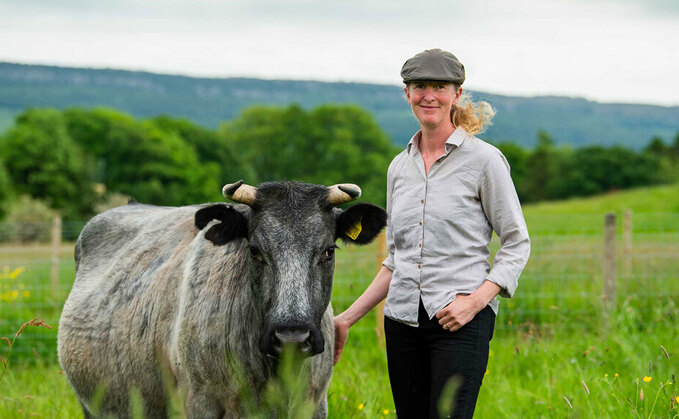
Since leaving a role with Rare Breeds Survival Trust a year ago, Ruth Dalton has been able to put time into developing her own farming interests, passion for native breeds and sustainable farming. Hannah...

Since leaving a role with Rare Breeds Survival Trust a year ago, Ruth Dalton has been able to put time into developing her own farming interests, passion for native breeds and sustainable farming. Hannah...